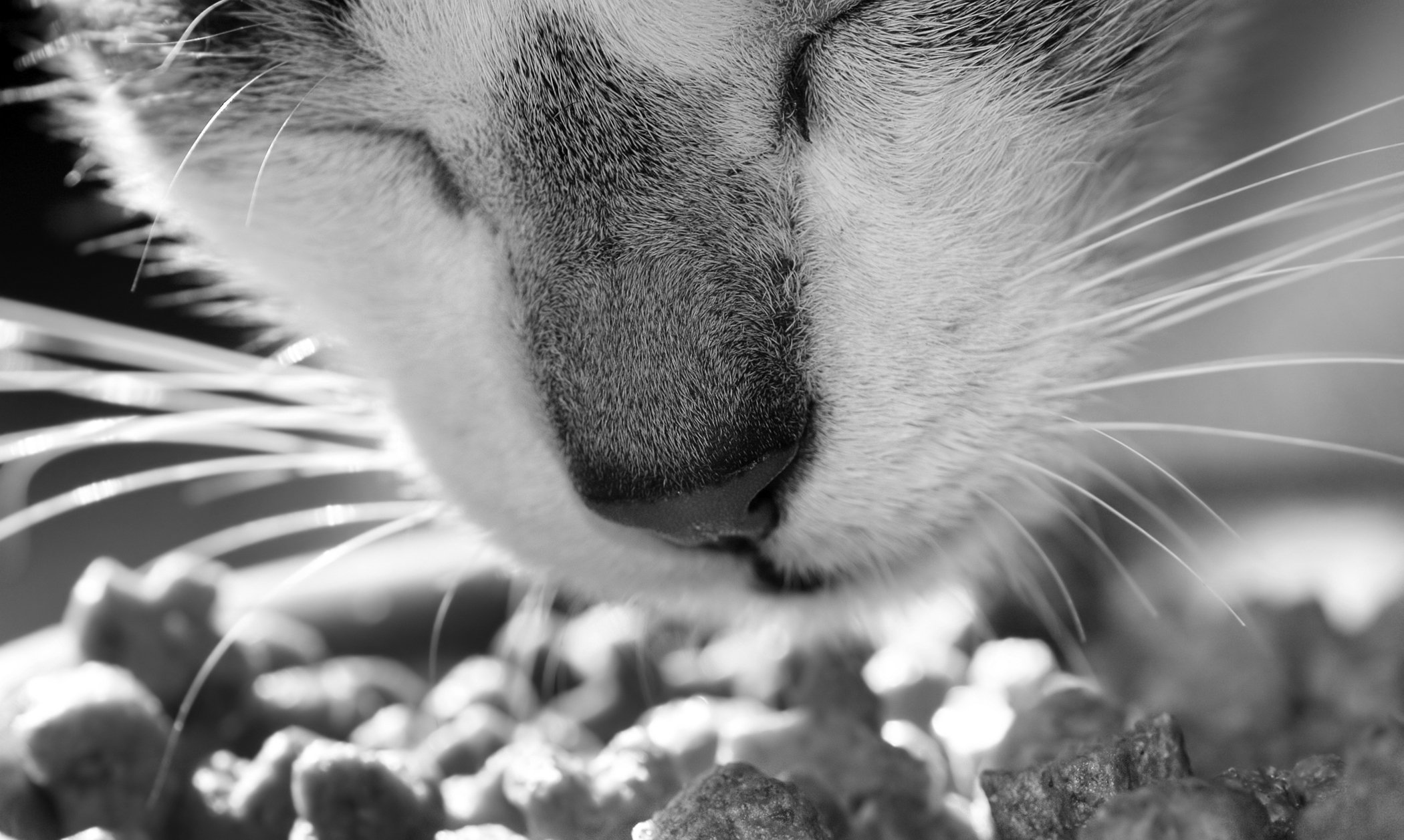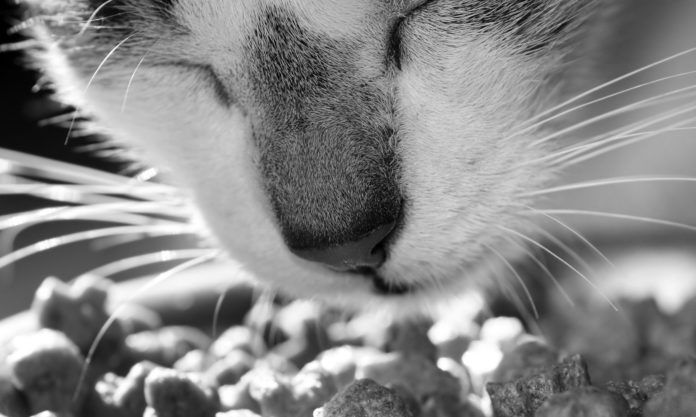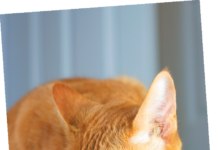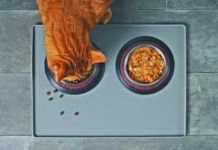Thinkstock

Join the club: About 40 percent of cats are overweight or obese, according to peer-reviewed studies. “Unfortunately, that number may actually be an underestimate,” says Deborah Linder, DVM, DACVN, head of the Tufts Obesity Clinic for Animals at the Cummings School of Veterinary Medicine. Feline obesity is associated with many health conditions and diseases — including diabetes, skin disease and joint disease.
According to experts, the earlier you notice the excess weight, the easier it can be for your cat to lose it. So with that thought in mind, you’ve recently considered the possibility of switching her to a weight-loss formula. You certainly won’t have any trouble finding special foods, both dry and canned, that claim to be formulated to help your cat slim down. But does your cat really need these special foods? Can’t you just cut back on the amount of regular food that you feed?
Does your cat get enough nutrients?
“It depends on each individual cat,” explains Dr. Linder. “The ideal diet for weight loss is low in calories, but still has a high nutrient density to ensure cats receive all their essential nutrients while restricting calories. Pets may be at risk of nutrient deficiency if the current diet formulated for healthy maintenance is simply decreased in amount.”
Foods formulated for weight loss, on the other hand, may “allow your cat to consume more volume, which is more convenient for owners and can help cats feel full,” explains Dr. Linder. The calories in a given volume (or weight) of food is the food’s “caloric-density.” You want a diet food that’s “nutrient-dense” but not “calorie-dense” — lots of nutrients but fewer calories in a serving.
So after a discussion with your veterinarian, you decide to head off to the store and see what’s available on the shelves. Here’s a little tip: Buyer beware! Not all diet foods are created equal. They vary widely in calorie counts, caloric density, appropriateness of feeding instructions, and of course, price. For some “diet” cat foods, says Linder, “following the feeding directions might actually cause your cat to gain weight!”
Diet cat foods and weight loss
Cat food must follow the guidelines of the Association of American Feed Control Officials (AAFCO). If foods are labeled ‘low calorie,’ ‘less calorie,’ ‘light,” ‘lite,’ ‘reduced calorie,’ or similarly, they must state the calories on the label. Additionally, for those specific terms, AAFCO also has guidelines for calories-per-kilogram of the food, a measure of caloric density.
Unfortunately, foods marketed for feline weight loss don’t have to follow AAFCO standards if they don’t use the terms listed above (for example, they may instead use terms such ‘for obese prone cats’ or ‘promotes a healthy weight’). When Dr. Linder and her colleague Lisa M. Freeman, DVM, surveyed 32 feline diet foods, they found that only 12 of them followed the guidelines for caloric density — eight dry and four canned. The others had more calories per kilogram than recommended. (Expert tip: Make sure to check the label to be certain that the weight loss food you choose is AAFCO-approved.)
Feeding instructions — which are required to appear on a food’s label — can also be challenging to understand. Most instructions use the cat’s current weight and some assume the cat is very active — two factors that when combined usually cause the cat’s caloric needs to be overestimated.
Some foods provide feeding instructions for maintenance and for active weight loss, but still may overestimate the calories your cat needs. It’s important to discuss with your veterinarian how many calories your specific cat needs.
How to choose a diet cat food
The first rule, then, is to choose an AAFCO-approved low calorie diet food that provides specific feeding instructions for weight loss. Dr. Linder also recommends that you choose a company that works with experts in feline nutrition: “While more data is needed, the safest diet for weight loss is one that has been formulated by a company with a board-certified nutritionist who can account for nutrient needs while decreasing calories,” she says. She shares these additional other tips, as well:
Low-carb diets are good choices for cats with diabetes, but for other cats, they are neither better nor worse than other choices. In fact, “some may be higher in calories, since fat sometimes replaces carbohydrates in these diets,” says Dr. Linder. “It’s very important to watch total calories.”
Calories matter. “Studies have shown that calories are the most important factor in obesity.”
Pay attention to caloric density — calories per kilogram, or per cup or can.
Wet or dry food? “One study has shown increased fullness with canned diets — the extra moisture may help some cats feel full. However, this may not be the case for all cats.”
Obesity prevention is always best
The best approach to combat feline obesity, of course, is prevention. Once your cat has been spayed or neutered, for example, you should cut back on calories a bit because energy requirements will usually decrease. “However, don’t change to an adult food until at least one year of age,” stresses Dr. Linder. “And losing a small amount of weight is much easier than controlling significant obesity.” In other words, take action if you notice your cat is getting a little chubby.




